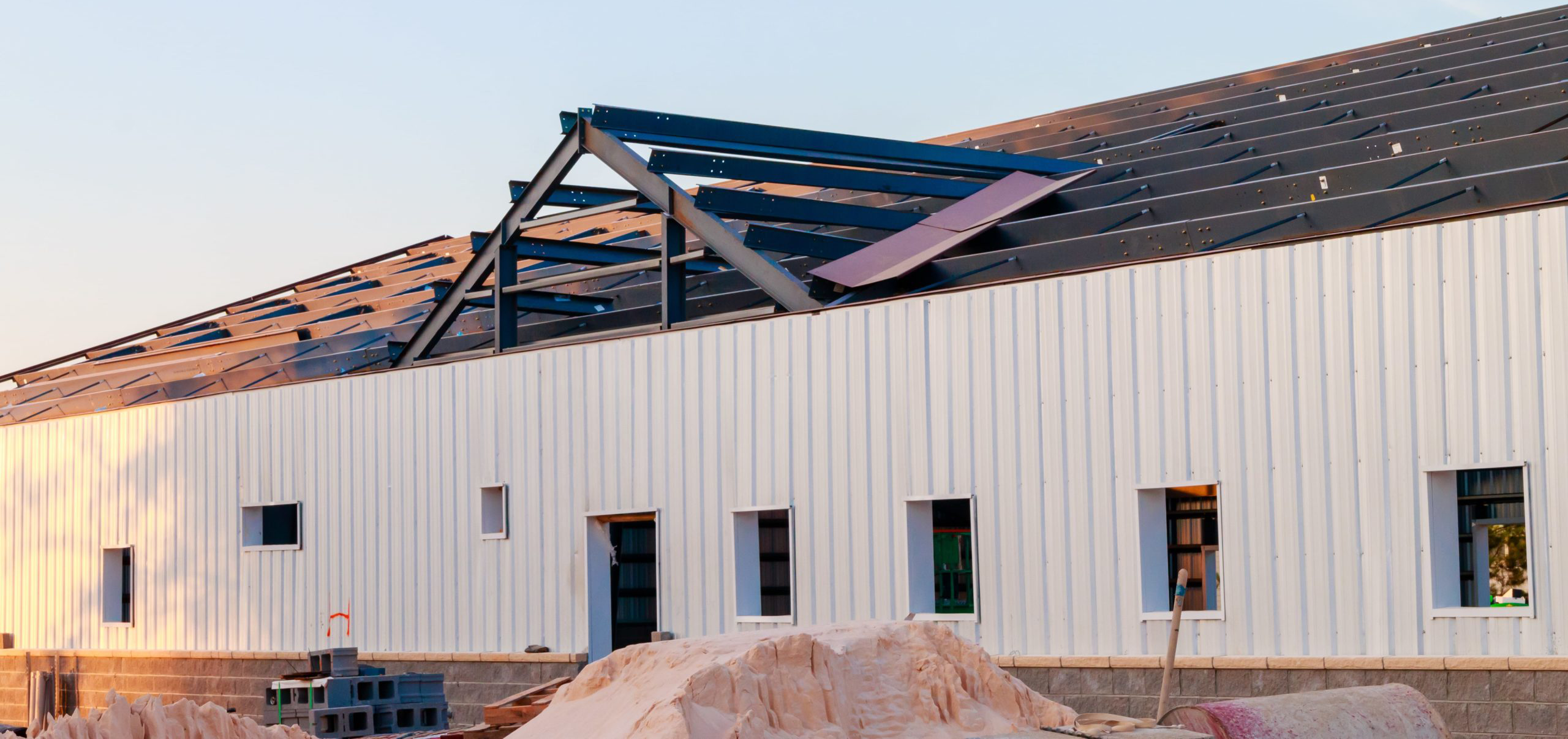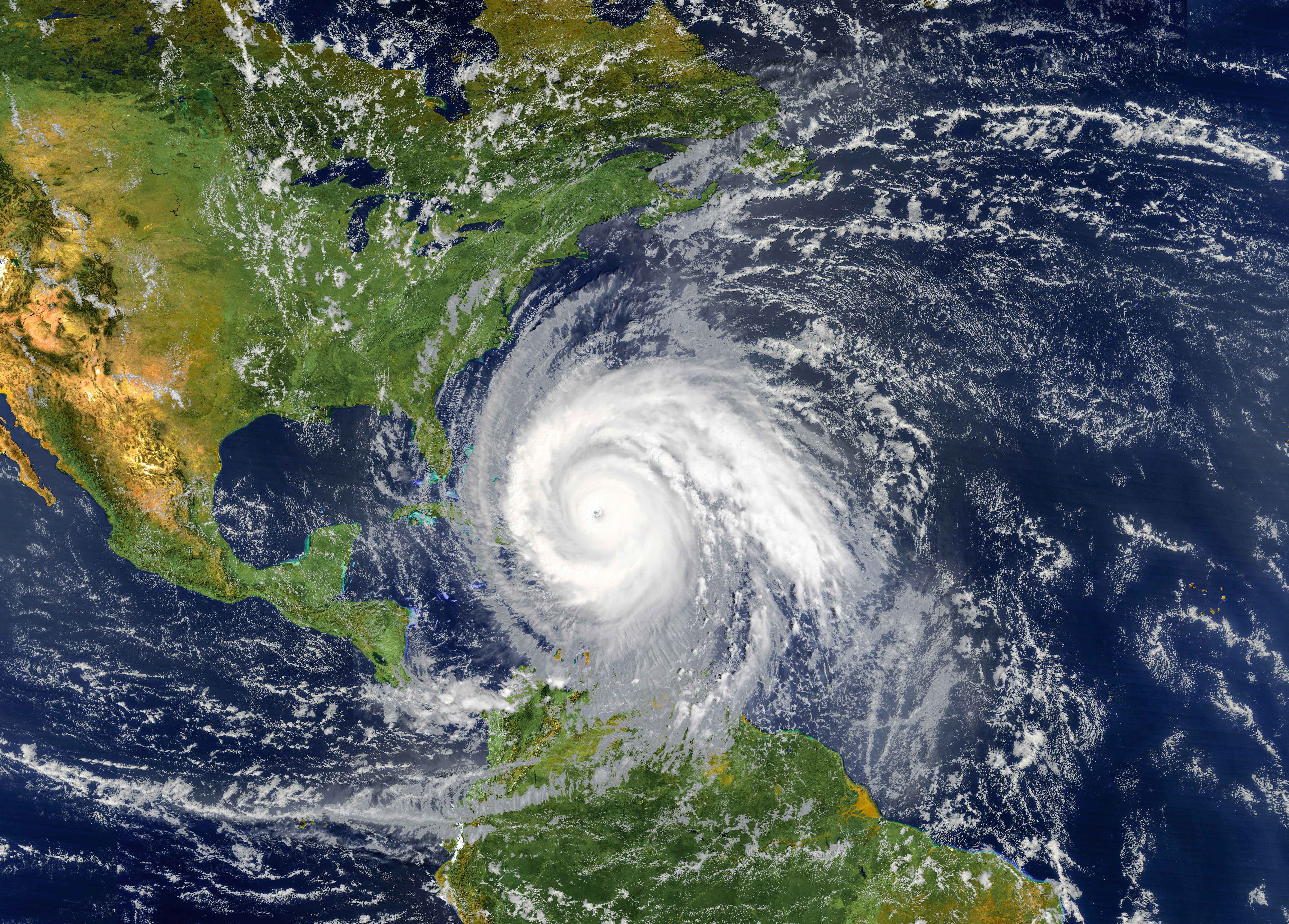
Hurricane Recovery Staging Area

Hurricane Florence likely cost the entire East Coast more than $24 billion in damages, making it one of the costliest storms to ever hit the United States. The storm’s property damage tally came in just behind Hurricane Michael, which caused $25 billion in damage when it made landfall in Florida as a Category 4. And while the Carolinas were lucky to suffer minimal lives lost (thanks to the hard work of our emergency rescue teams), the cost of the property damage rivaled that of the California wildfires.
According to NOAA, there were 14 weather and climate disasters that caused more than a billion dollars in damage in the US just last year.
Hurricane Florence changed the way local residents and business owners think about hurricane season. The storm made landfall as a Category 1 tropical cyclone, which wouldn’t normally ruffle any feathers for those who have lived in the hurricane-prone coastal regions for most of their lives. But the slow-moving hurricane produced 10 feet of storm surge and unprecedented rainfall far inland. Nearly a year later, many businesses have been forced to remain closed, and some families are still waiting on insurance money for costly repairs.
When is hurricane season?
The 2019 Atlantic hurricane season stretches from June 1st to November 30th. We’re already well into hurricane season for the year, which NOAA predicts will be “near normal.” What does normal look like these days? According to experts, we can expect 9 to 15 named storms, 2 to 4 of which could be major hurricanes.
However, NOAA defines a major hurricane as a Category 3 or higher, with winds upwards of 111 mph. But with Florence making landfall as a Category 1, it has become abundantly clear that a hurricane doesn’t need “major” winds to create major damage.
How can you prepare for a major hurricane?
Damage from Hurricane Florence was mostly caused by floodwaters and storm surge, washing out roads, closing bridges, and wiping out hundreds of miles of power lines. For weeks, schools were closed and used as staging areas for linemen as they worked through the night to bring power back to thousands of miles of coastline. A hurricane recovery staging area was being frantically stocked with:
- Fresh drinking water
- Non-perishable food items
- Batteries
- Flashlights
- First aid kits
- Personal hygiene supplies
- Pet food
- Diapers
- Formula
- And more
How To Create A Hurricane Recovery Staging Area
After Hurricane Florence, many families were left looking for temporary housing as their homes were going through extensive renovations. Roofs caved in under the weight of the excessive rainfall, living areas and bedrooms were totally flooded, and mold wreaked havoc on drywall and insulation. Roofing and construction crews were competing for places to stay and store materials while completing emergency renovations.
In the event of a major weather event, prefabricated metal canopies and buildings make the ideal hurricane recovery staging areas, especially considering the recyclable nature of the materials. Steel is an endlessly recyclable building material. Bolt-together technology allows for a fast erection time in the event of an emergency, providing quick and easy access to temporary warehouses, construction staging areas, and temporary housing.
What types of temporary housing work best for emergency recovery situations?
After Hurricane Florence, FEMA provided direct temporary housing to many displaced residents in North Carolina, including travel trailers and manufactured homes. If you are working with a non-profit to provide temporary emergency housing in the event of a natural disaster, prefabricated metal buildings may be your most cost-effective option.
Not only is steel a recyclable building material, ready to be moved and reused across the nation for a variety of emergency scenarios, but it is also one of the strongest, most durable materials on the market. Prefabricated steel buildings are built to withstand hurricane-force winds, heavy rain and snowfall, and even earthquakes. Unlike organic building materials, steel is also resistant to pests and mold, making it the ideal building material for weather events with heavy rainfall.
For more information on Prefabricated Buildings or A hurricane recovery staging area, CLICK HERE or give us a call 888-783-3535.
You can also reach us on Twitter at @coastalsteel.
Also, don’t forget to subscribe, share, and comment!
LETS WORK TOGETHER ON YOUR DREAMS!
Are you ready to start your steel building journey? Request a quote today and speak to one of our experienced team members to set you up for success and make your vision a reality!
GET A QUOTE